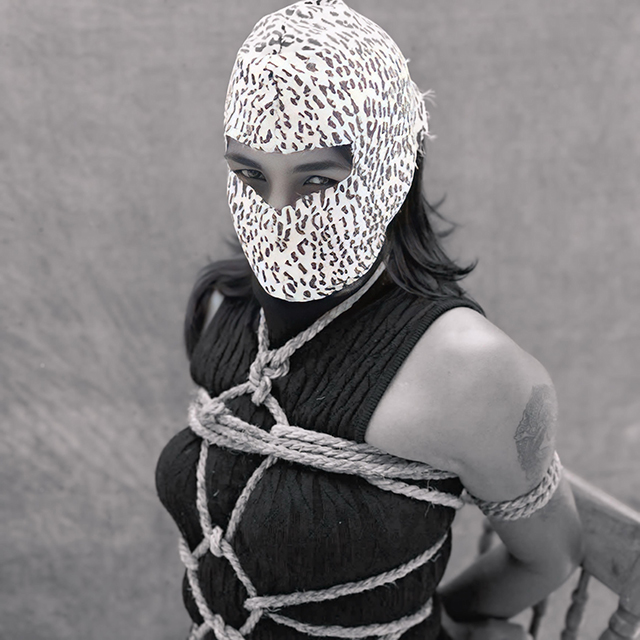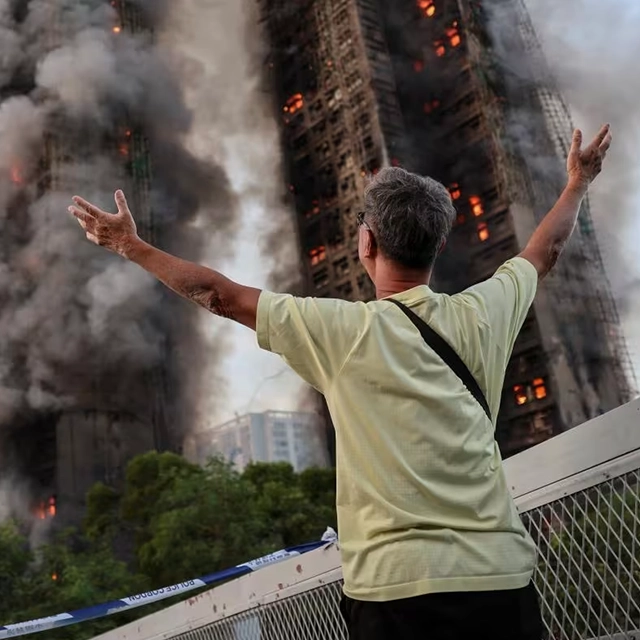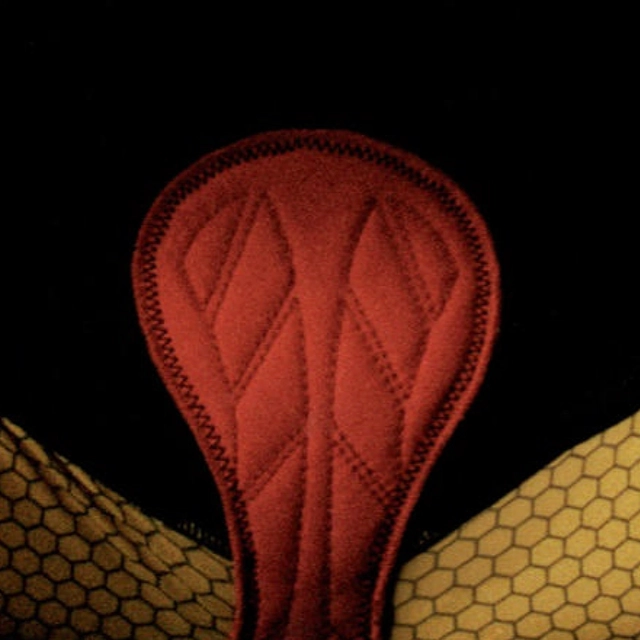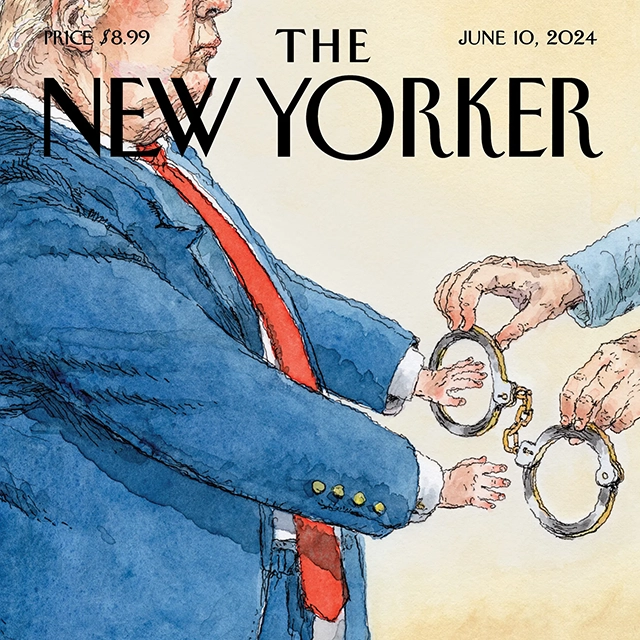
THE
ANNEX
GALLERY






Over the past two weeks, I have seen this photograph reproduced again and again across an overwhelming number of news outlets. I cannot say it impresses me from a technical standpoint—far from it. And yet it unsettles me in a way very little manages to these days. It is likely to be chosen among the year’s most striking images. Even if it isn’t, it already belongs to my private selection.

Philately was one of the small devotions of my childhood. I inherited hundreds of stamps from my father. I could never say whether he collected them himself or simply bought them for my brother and me. Among all of them, one in particular held my gaze with disproportionate insistence: a reproduction of The Sleeping Gypsy, the 1897 painting by Henri Rousseau that I finally saw years later at the MoMA.

Capture is an Australian magazine I download—only occasionally—when the cover manages to earn it. Not out of bad habit, but because it is, almost always, more of the same. It is a publication devoted to professional and emerging photography, broadly acknowledged as one of the field’s established editorial platforms. It offers technical analyses, equipment reviews, practical guides, and reports on international trends.

I met Mark at Annex Gallery, where he is working as an intern. Before I knew he made photographs, and therefore counted as an artist, I thought of him simply as someone who always needed a drink bottle within reach. One of those insulated flasks used by athletes or hydration fanatics that seemed to follow him more faithfully than his own shadow. I also knew, before seeing a single picture, that he supported Barça

Talia Chetrit’s presence on the contemporary map of photography is not defined solely by the dismantling of her own intimacy. Born in 1982, trained in the analog tradition and in a visual thinking acutely aware of its own mechanisms, she has turned the domestic sphere into a territory of suspicion, especially in the series where she grazes—without fully yielding—the experience of motherhood.



More than a dozen portraits of the current President of the United States
Jorge Rodríguez Diez, known across the cultural circles of Havana, Madrid, and South Florida as R10, began his series on Donald Trump on November 9, 2016, only hours after he had won his first election. In the artist’s own words, it was an unexpected turn and a stark reminder that in today’s world anything—however unlikely or unthinkable—may indeed happen. The very first piece in the series was immediately acquired by collectors from North Florida, curiously together with a portrait of Trump’s predecessor, Barack Obama.

A Selection of Iconic New Yorker Covers from Jens Rosenkrantz’s Private Collection
Jens G. Rosenkrantz’s collection of The New Yorker covers constitutes far more than an archive of graphic design or illustration. It is, instead, a lens through which one can read a century of American visual and political culture, refracted through the pages of one of the most influential magazines of the twentieth and twenty-first centuries. For Rosenkrantz, the act of collecting these images is not a passive accumulation but a curatorial gesture in itself—an insistence on the political significance of images that once circulated weekly, now reframed as testimony of their time.

Black Recreation, Relaxation and Leisure
For those arriving from South Florida—particularly from cities like Miami—Michael Coppage’s exhibition at the Annex Gallery may resonate differently than it would for a viewer from the Midwest. This is not to suggest a hierarchy of readings, but rather to acknowledge that the lived experience of Caribbean and Latin American diasporas, especially those who have made a life in Miami, offers a particular lens through which to approach this work.